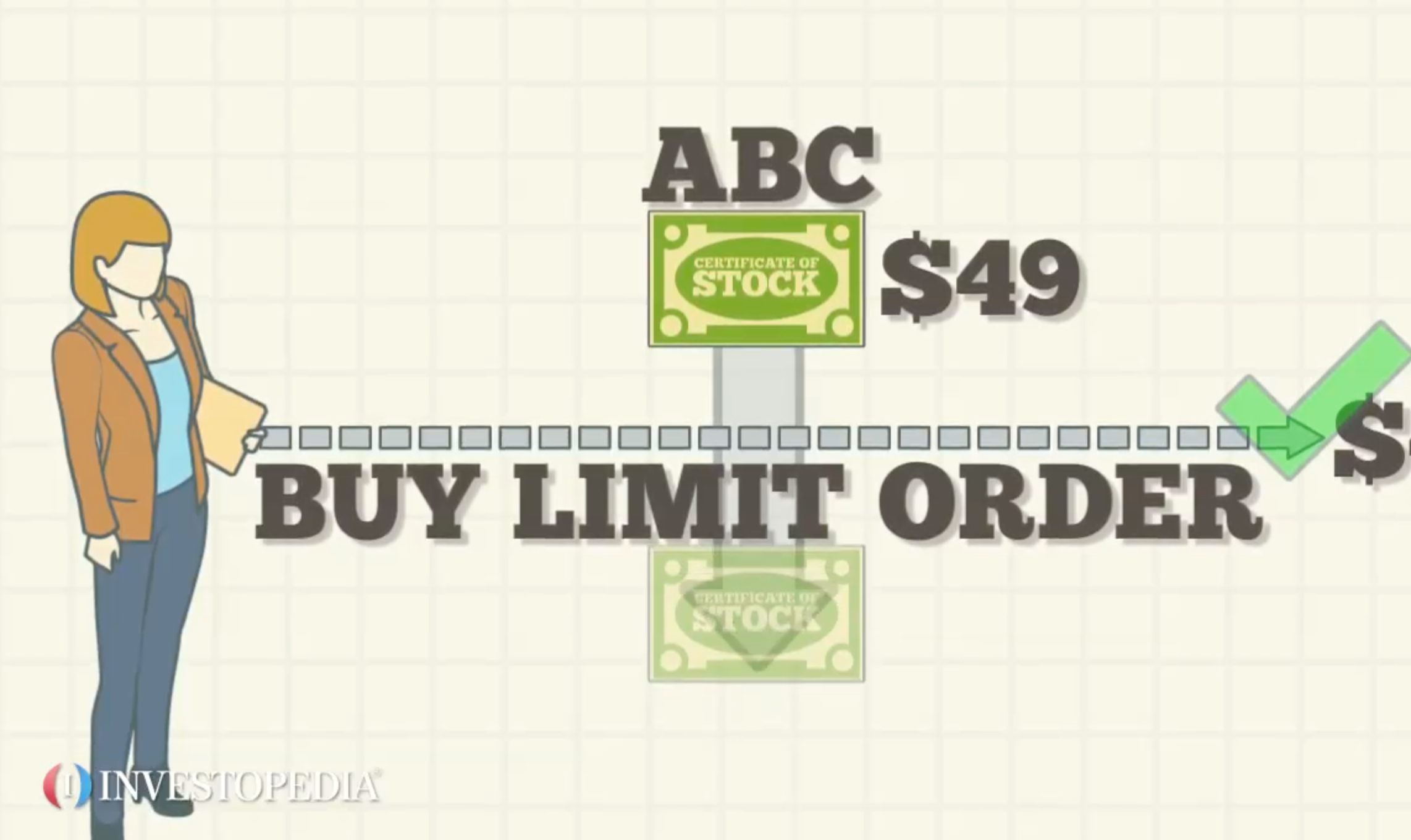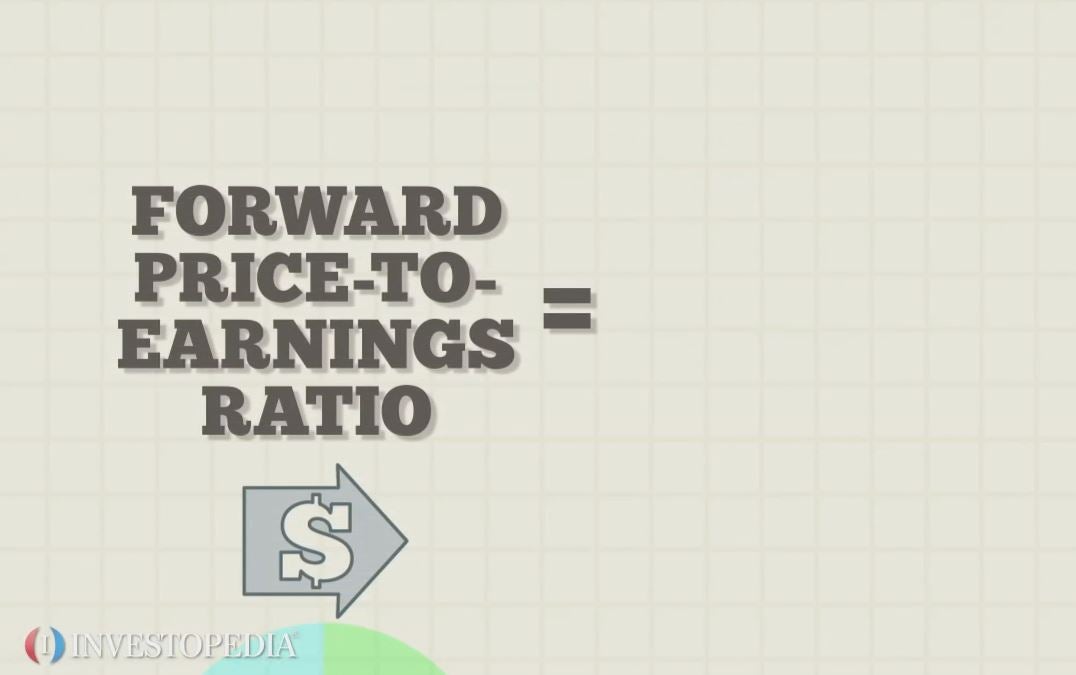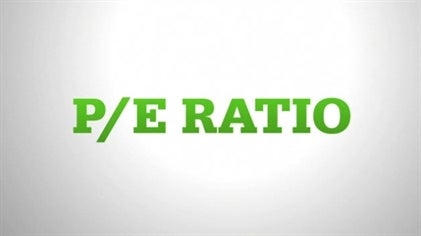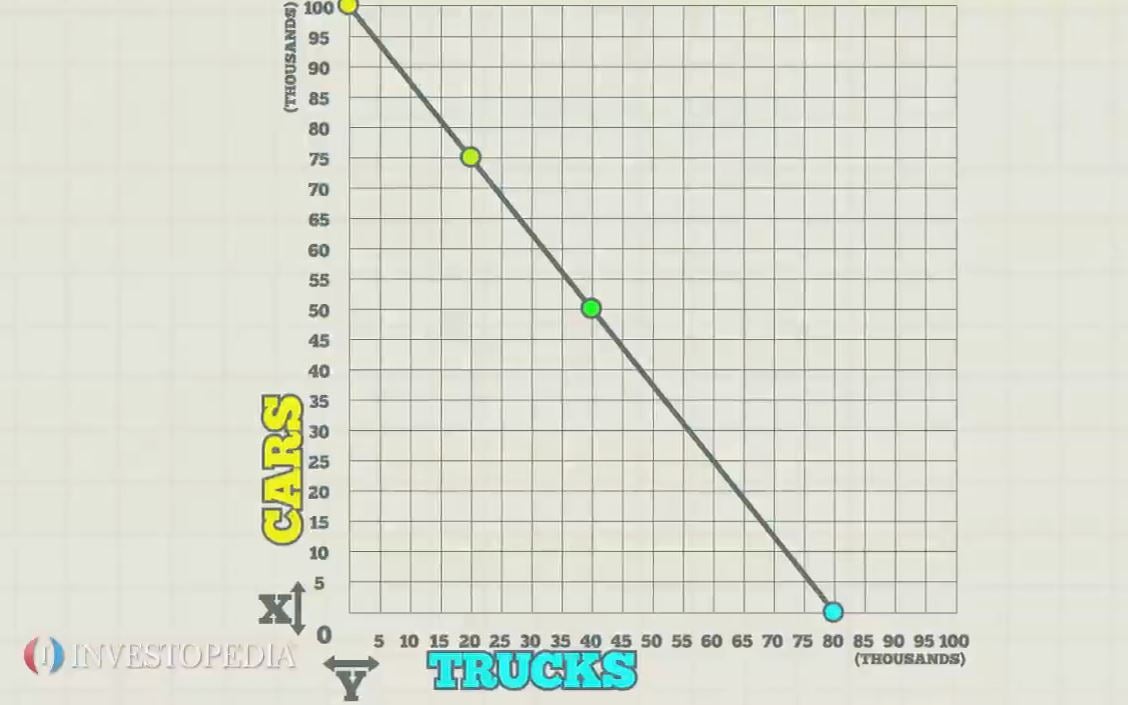The strike price is the price at which a derivative can be exercised, and refers to the price of the derivative’s underlying asset. In a call option, the strike price is the price at which the option holder can purchase the underlying security. For a put option, the strike price is the price at which the option holder can sell the underlying security. For instance, Heather pays $100 to buy a call option priced at $1 on ABC Inc.’s shares, with a strike price of $50. The option expires in six months. That means that any time in the next six months Heather can exercise her option to buy 100 shares at $50 regardless of the current market price of ABC shares. Strike price is one of the factors used to determine the profit in an unexpired option. The strike price is compared to the current market price to determine if an option is in or out of the money. The strike price, time to expiration and asset volatility and interest rates are the key determinates of an option’s market price. For instance, Heather’s ABC call option is in the money any time ABC’s market price is above $51. That’s because Heather’s cost of the ABC stock will be $50 per share, plus the $1 per share cost of the option. If the ABC stock is below $51, the option is said to be out of the money.





